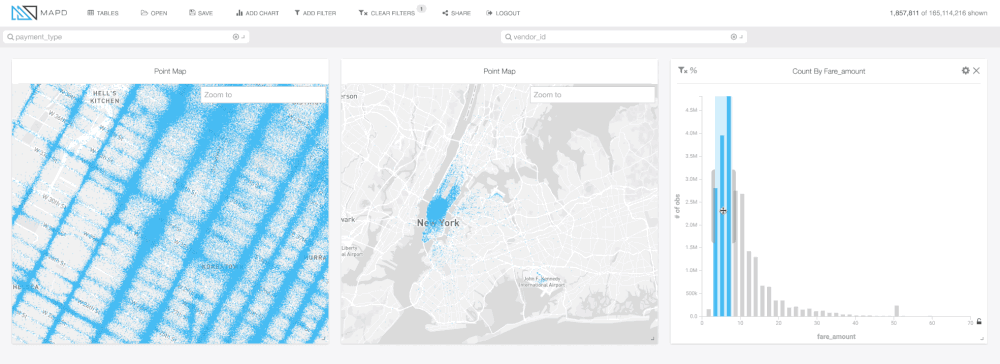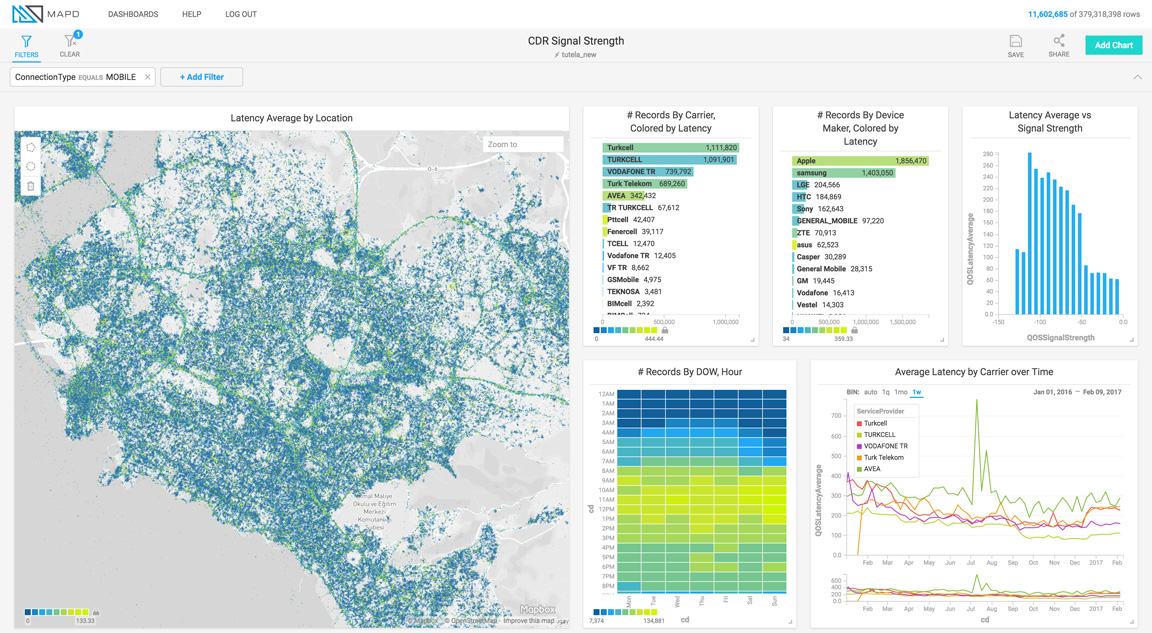#Environment
Watch how the human population skyrocketed over the past 200.000 years
It took 200,000 years for our human population to reach 1 billion—and only 200 years to reach 7 billion. Check out the American Museum of Natural History’s animation above which chronicles human population over time. Awesome and inspiring.
Check out other awesome maps about the human population on Earth.


#Environment
#Environment
#GeoDev
#Science
#Space
A Beginner’s Guide to Remote Sensing Imagery
#Environment
#Featured
#Insights
#People
#Space
Will ESG Reporting Mandates Boost Adoption of Earth Observation Data in Enterprises?
#Environment
#GeoDev
#Ideas
#Insights
#Science
What Are NDVI and Other Key Spectral Indices?






